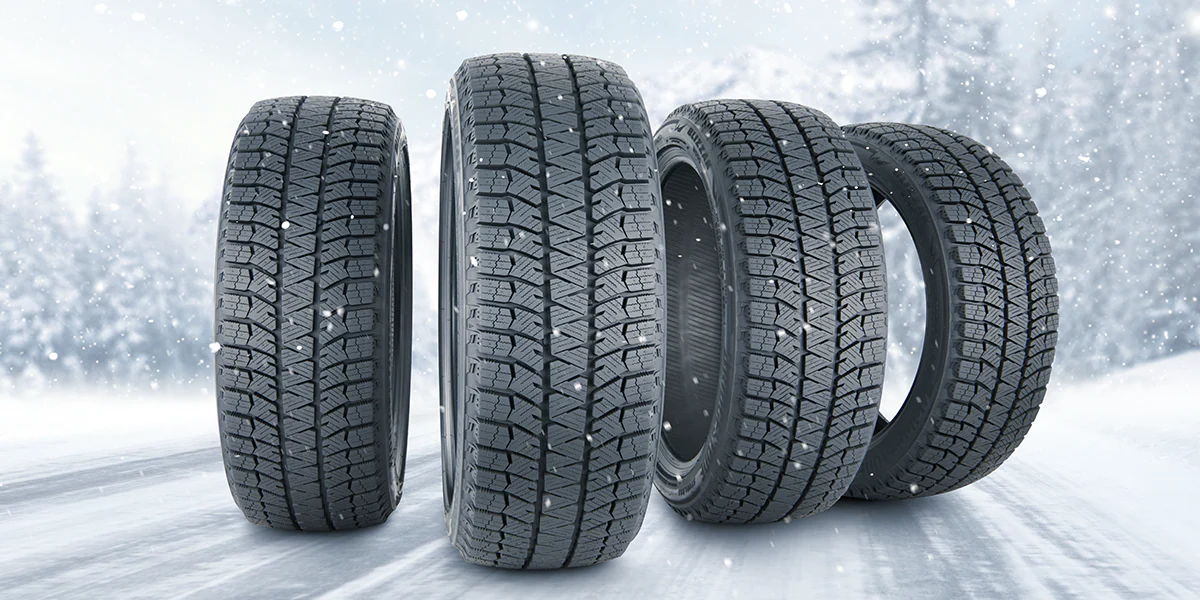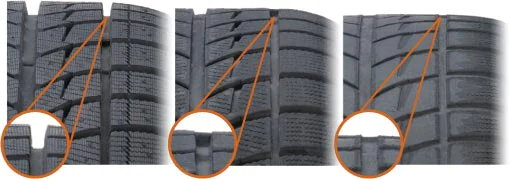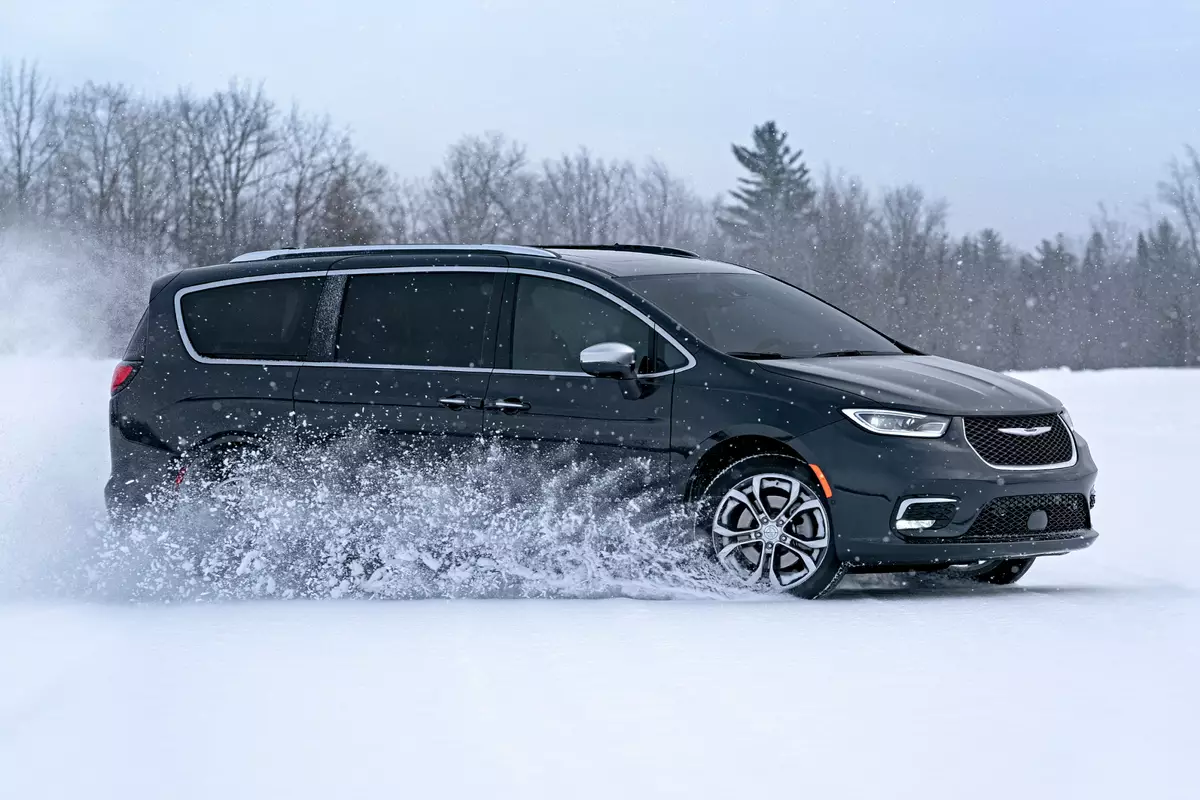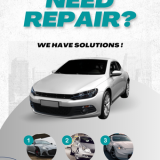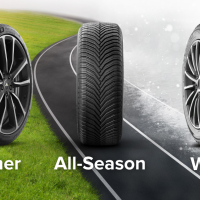What Are Some Winter Driving Techniques?

What Are Some Winter Driving Techniques?
Severe weather makes driving treacherous. Snow, ice, freezing rain, fog and even the winter sun all conspire to make winter driving more difficult and dangerous. With a little planning and a little training, this winter doesn’t have to be a “white knuckle” winter for you. The two phenomenon associated with loss of grip in winter conditions are understeer and oversteer.
Understeer

Understeer is just what it sounds like: the car is not turning as much as you would like. Being in a car that refuses to turn can be very intimidating, and understeer is the most difficult situation to control on a slippery road. Like most bad situations, understeer is best controlled by avoiding it, by adjusting your speed properly before entering a corner. Understeer is usually caused by entering a corner too fast, or by braking while trying to turn. In front-wheel drive cars, understeer can result from excessive acceleration while cornering.
To most effectively control your car on a slippery road, you should always use only one control at a time. While cornering, for instance, you should be off the brake and off the accelerator, coasting through the turn and using all available grip for steering. The proper way to negotiate any curve or corner is to brake on the straightway before the curve to adjust your speed; then coast and steer through the turn. When you start to straighten the steering wheel as you exit the curve, gently accelerate out of the turn.
Okay, so you didn’t adjust your speed properly, and your car is understeering. What now?
First, there are several things you should NOT do. Don’t increase your steering angle, because the tires have already lost grip and increasing the steering will only make it worse. Don’t hit the brakes because the front tires are already skidding, and more brake pressure will only make it worse.
So, what can you do? Frankly, not much. Look ahead, anticipate, and don’t panic! Your best chance of correcting an understeer is to lift off the accelerator and stay off the brake. As the car’s weight shifts forward, it will load the front tires, improving their grip while you carefully decrease the steering angle. This improved grip and slower speed should allow you to steer smoothly back into the corner.
Keep in mind that your feel for the car’s steering is critical: it must be smooth and sensitive at a time when you are under the stress of avoiding an accident. Practice is the only way you will be able to function under that pressure. Remember to take advantage of any safe place you can find to practice winter driving.
Oversteer

Like understeer, oversteer is exactly what it sounds like: your car turns more than you want it to. Oversteer occurs when you lose grip on the rear tires in a corner, and the side force pulls the back of the car to the outside of the turn.
This is generally the result of excessive speed when entering a corner. If you suddenly decelerate in the corner, the weight transfers to the front, giving less grip to the rear tires and allows the centrifugal force to pull the back of the car to the outside of the curve. To avoid oversteer, adjust your speed before the corner, and remember to be sensitive to the feel of the car. By anticipating trouble, you will be ready to respond if the rear end of the car starts to swing out.
If your car starts to lose grip on the rear wheels because of this weight transfer, you should gently accelerate to transfer the weight back to the rear wheels, while you steer in the same direction in which the rear end is sliding. Remember to look down the road in the direction you want the car to go, and be sensitive to the feel of the car. This way, you will be ready to adjust the controls when the car responds to your corrections. If you don’t steer back to your original direction before the car recovers, you could end up skidding in the opposite direction. This is known as a counter-skid.
In rear-wheel drive cars, make sure the oversteer is not coming from simple wheel spin. If it is, adjust your accelerator pressure to eliminate the wheel spin. In any case, the earlier you catch the oversteer the easier it will be to control. Balance and smoothness are the keys to controlling a car that is close to the grip limit.
We highly recommend Bridgestone’s video to help you gain a full understanding of vehicle dynamics in slippery conditions. We would also like to note that reading about or watching these techniques and practicing them are two different things. Attend the school or practice these techniques in a safe and controlled location so you can react appropriately in an emergency.


